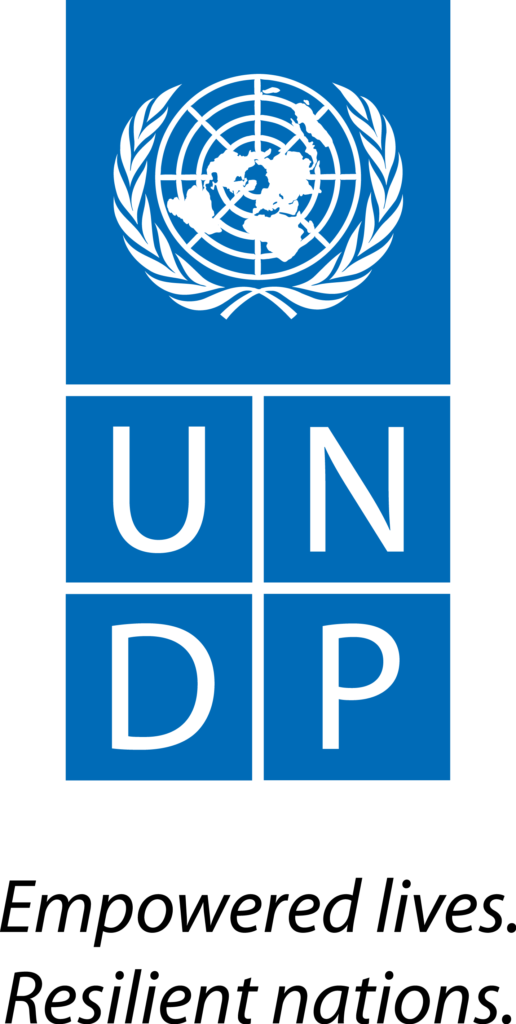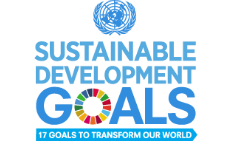Measuring the Unmeasured
Innovative approaches to measuring SDG Tier 3 indicators
Why measure the unmeasured?
Agenda 2030 represents an ambitious effort by the global community to ensure that ‘no one is left behind’. At its core are 17 Sustainable Development Goals (SDGs) with 169 Targets (link) ranging from poverty and hunger, equality and climate action, to peace and justice.
169 Indicators (link), were set in order to hold countries accountable for their advancement towards the SDGs by monitoring progress. Indicators are classified into three tiers based on their level of methodological development and data availability.
Implementing new technologies could help measure the advancement towards those SDG Tier III Indicators for which no methodology has yet been formalized. To address the official data gap, UNDP and Data-Pop Alliance are testing alternative methods harnessing sources such as geospatial, social media, sensor, and mobile phone data.
Objectives
1
Supporting national institutions to explore different sources of data towards measuring and achieving SDGs, including the application of analytical methodologies.
2
Developing pilots in selected countries, in order to scope, develop and test different methodologies and feed this information into policy responses
3
Sharing guidance for other UNDP Country Offices and additional UN agencies interested in exploring similar measurement methodologies
4
Contributing to the international debate on the role of other sources of data for SDGs by helping shape global and regional discussions on SDG measurement and promotion
5
Initiating joint policy engagement and dialogue activities with UNDP Regional Hubs and Country Offices including regional discussion sessions and trainings
Measuring SDGs
Under “Follow-up and Review”, Agenda 2030 states that: “76. We will support developing countries, particularly African countries, LDCs, SIDS and LLDCs, in strengthening the capacity of national statistical offices and data systems to ensure access to high-quality, timely, reliable and disaggregated data. We will promote transparent and accountable scaling-up of appropriate public-private cooperation to exploit the contribution to be made by a wide range of data, including earth observation and geo-spatial information, while ensuring national ownership in supporting and tracking progress’.

The Data Revolution
SDG 17 explicitly seeks to foster a ‘Data Revolution’ – to create a comprehensive and systematic indicator framework that includes improved data capacity, monitoring and accountability.
The 2017 Report on Sustainable Development by Secretary General Antonio Guterres emphasized this point in particular, underscoring “the need for reliable, timely, accessible and disaggregated data to measure progress, inform decision-making and ensure that everyone is counted”.
The prospects of actualizing this are strong; current technological capacities already allow for such data to be gathered, representing a significant improvement over what national traditional statistics can offer.
Big Data Sources
Click to read more
Methodologies
Click to read more
What & Where
Below are some examples:
Social Insurance
Public Services
Health
Education
Water Supply
National Registry
Health
Education
Tax Services
Sustainable Tourism
Lessons Learned
- There are strong incentives to implement new methodologies to produce high-quality statistics. Agenda 2030 will be all but impossible to achieve without greater availability of quality, timely data which governments may leverage to make evidence-based decisions, and for citizens to hold them accountable.
- The preliminary results generated illustrate how the mobile phone and other data can provide estimates for an analysis in almost real time. Granular insights are critical in the work towards achieving the SDGs and help ensure that ‘no one is left behind’.
- Human rights and privacy concerns must be considered in data collection, and the gender digital divide remains a complex issue in discussing leaving no one behind in data
- Projects must be designed, informed and implemented by contextual realities, sensitivities and cultural stigmas in countries
Resources
Toolkit
To learn more about available resources and methodologies to use Big Data for Development, you can refer to:
- The Data-Pop Alliance Toolkit.
- “A guide to data innovation for development“, by UNGP and UNDP
Trainings
Learn more about our upcoming training workshops, dedicated to professionals involved in development work and policy making.
Join the “Big Data & Sustainable Development Open Learning Hub”, an open platform created by Data-Pop Alliance and the Knowledge Center for Sustainable Development of the United Nations Staff College (UNSSC).




